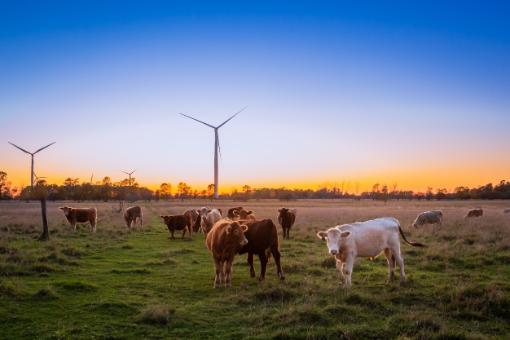The business of community resilience
Published: 20 August 2020
How local businesses can become valuable assets to building community resilience.
David Clelland, Research Associate
University of Glasgow
While the Covid-19 pandemic is primarily a global public health crisis, the virus and the range of restrictions imposed to control it are having a much wider range of impacts, with attention increasingly turning to the economic costs. While the UK and Scottish Governments have announced a range of support mechanisms to reduce the number of workers being laid off and to keep firms afloat, there are nevertheless likely to be significant numbers of business closures and job losses over the coming months, as, for example, the furlough scheme comes to an end.
At the same time however, during the crisis we have seen numerous examples of businesses being able to adapt, changing how they deliver goods and services both to continue operating and to help their localities mitigate health risks and social problems. This has included, for example, a move towards offering more home delivery services, prioritising their most vulnerable customers, or shifting production to things like hand sanitiser or personal protective equipment. As the re-imposition of local restrictions in various places has demonstrated, it is likely that this type of adaptability will remain important.

These types of responses demonstrate the potential contribution that businesses can make towards the wider resilience of the communities around them in an emergency, beyond just sustaining employment. This is however something that receives little attention in the frameworks and mechanisms for developing community resilience in Scotland, which are largely focused on encouraging community councils and other local voluntary groups, with support from local authorities, to develop community resilience plans to be activated in an emergency.
Last year we undertook a research project (funded by the NCR) to explore how businesses had been engaged in community resilience planning and had contributed to emergency responses. This found that there were lots of examples of places where local businesses had helped communities respond to natural hazards - such as using their workforce to distribute sandbags ahead of expected flooding, or providing heavy machinery to clear fallen trees from roads. However, only around half of those community groups who had prepared a formal resilience plan had considered the potential contribution of local businesses. Where engagement with businesses had taken place, this was most commonly because communities had previous experience of natural hazards that local business had helped with, or because the local resilience group included business owners as volunteers. Sometimes voluntary groups just didn’t have the time or resources to engage effectively with businesses in their community - however, this also tends not to be covered in the guidance or support around resilience planning from the Scottish Government or local authorities.
On the other hand, businesses also see a number of barriers to lending their resources to voluntary resilience activities. Some of these are practical worries, for example around insurance liability and risk; at the moment, the health of their employees is also likely to be a concern. There is also a question of who has the autonomy to make these decisions - if management or ownership of the business lies elsewhere, engagement with local groups is perhaps less likely.

The Covid-19 pandemic is clearly a very different type of situation to those that most community resilience planning has been geared up to deal with. Although it shares some features of other disasters or emergencies, these tend to be sudden or short-term events. In contrast, the current crisis involves a much more protracted period of disruption, the likely duration of which is not yet clear, and which may lead to more lasting shifts in the economy and society. While many local voluntary groups have mobilised community resources to support vulnerable people, there will also be a need to consider places’ longer-term resilience, one aspect of which will be the survival and adaptive capacity of local businesses.
Another difference is that whereas flooding, or heavy snow, will happen in some places but not others, the pandemic and its restrictions have affected everywhere in Scotland. However, as disruption to business varies between sectors, it can still be expected that the economic and social impacts will also vary geographically - those places most dependent on, for example, tourism, may be most negatively affected in economic terms, and as a result could also lose parts of the local business base that could have contributed to their communities in a variety of ways. The effects on, for example, a small rural community of losing their only pub or shop could be significant. This all points towards a need to think about the importance of businesses as potential assets and resources for both the short- and long-term resilience of their localities.
First published: 20 August 2020
<< Blog

